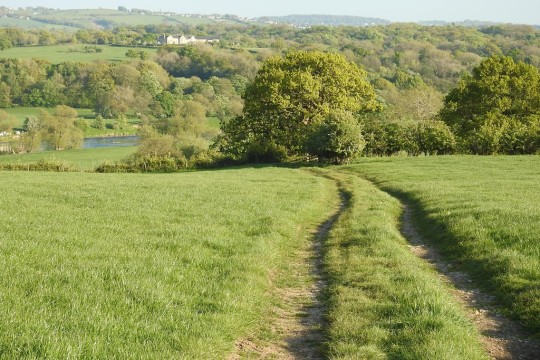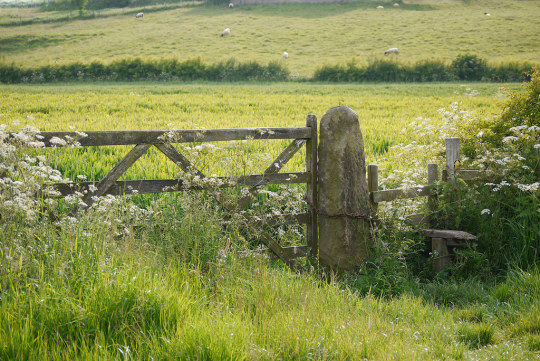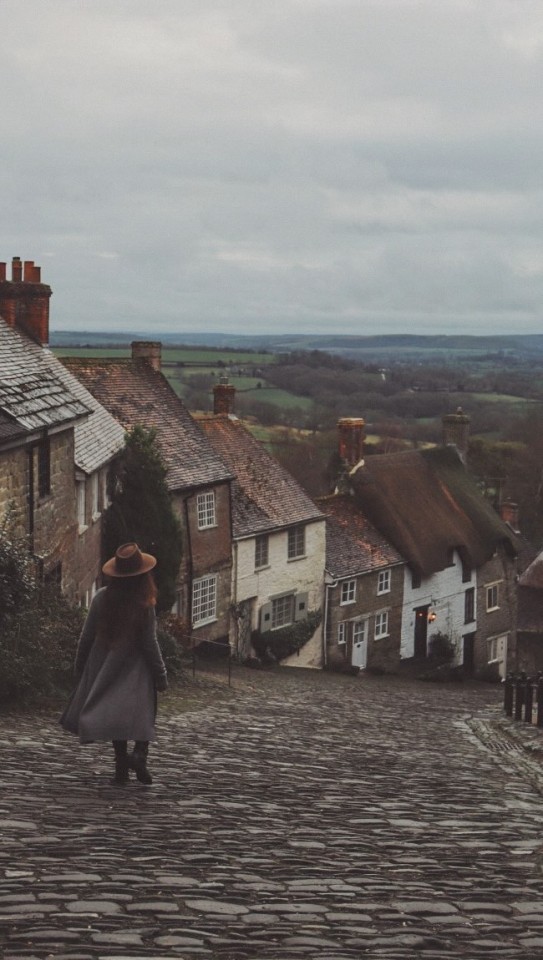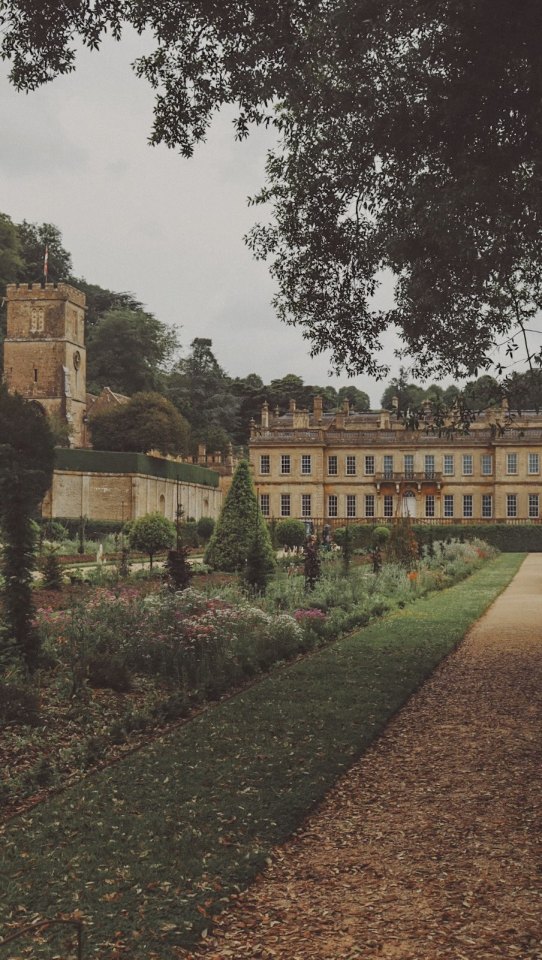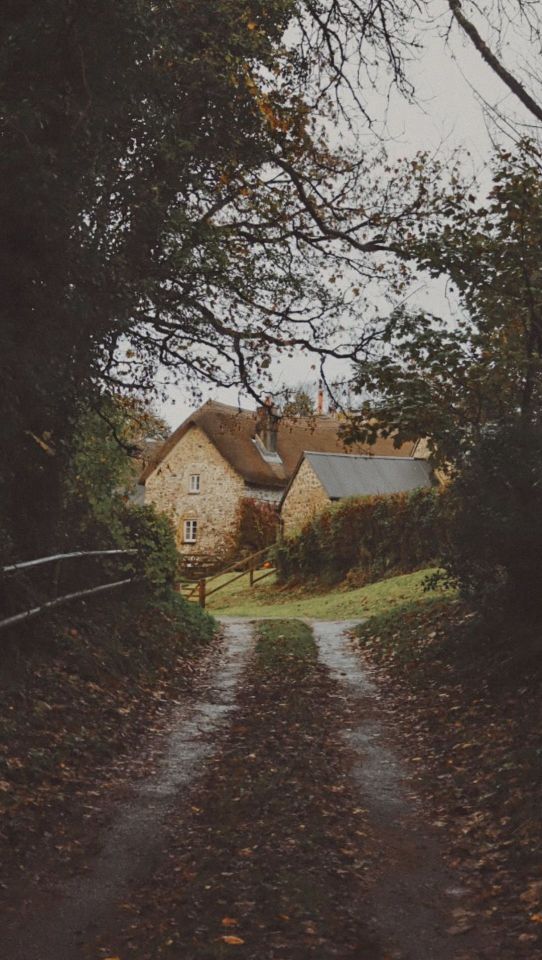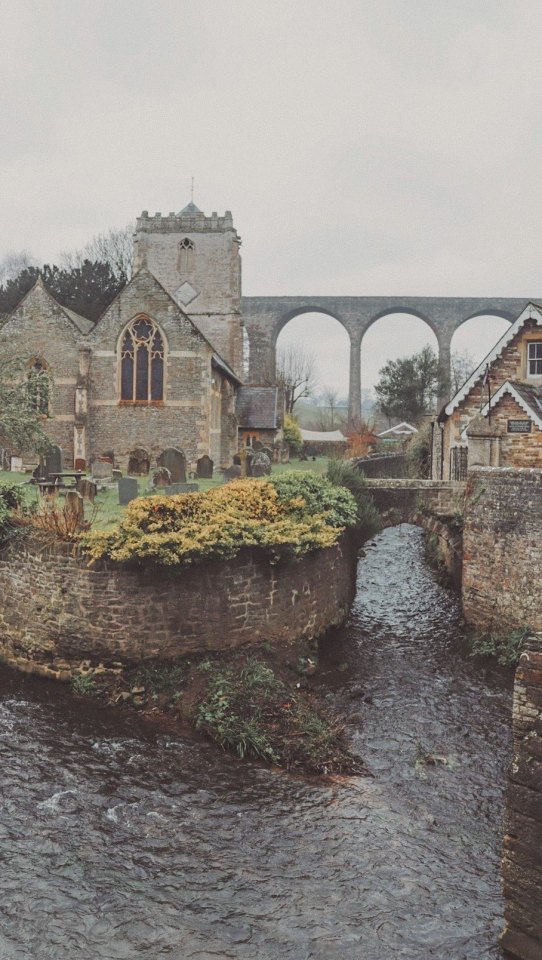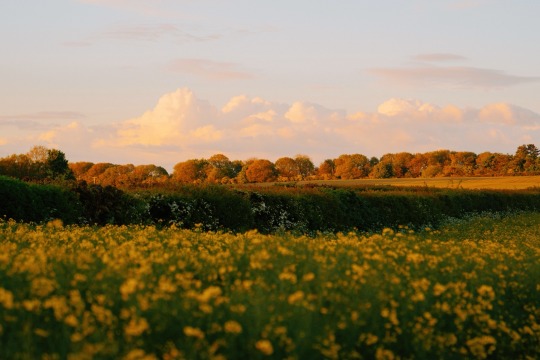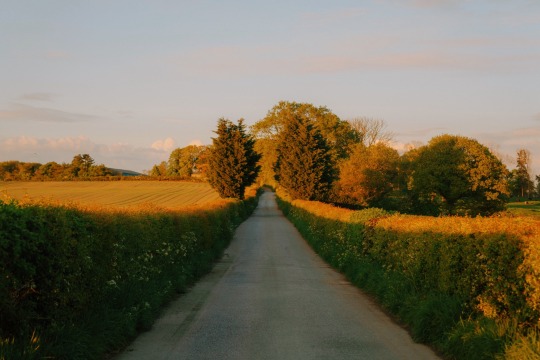Photo
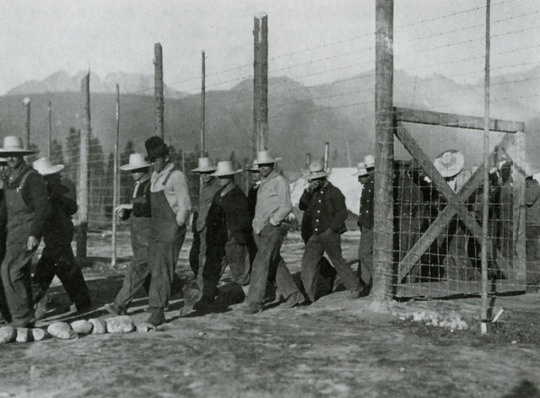
Ukrainians in the infamous Castle Mountain concentration camp in Alberta, Canada in 1915. In 1914 the Canadian government passed the War Measures Act, requiring tens of thousands of Ukrainians to register as “enemy aliens”, and sending many to camps across the country for slave labour during the First World War. X
933 notes
·
View notes
Text

Bloody cute: young polar bear cub after eating a seal, Svalbard, Norway, 2016 - by Marsel van Oosten (1967), Dutch
410 notes
·
View notes
Photo
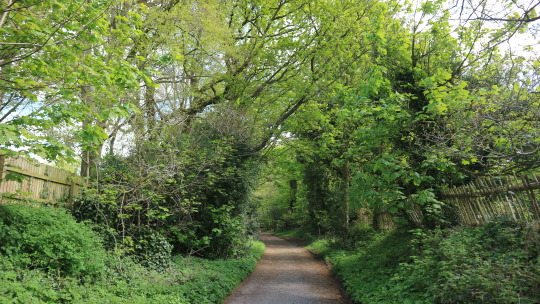
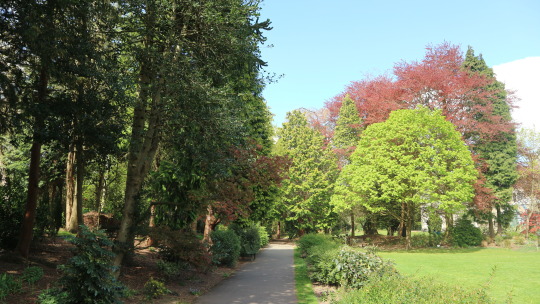
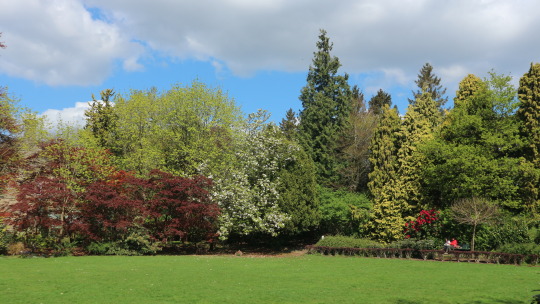

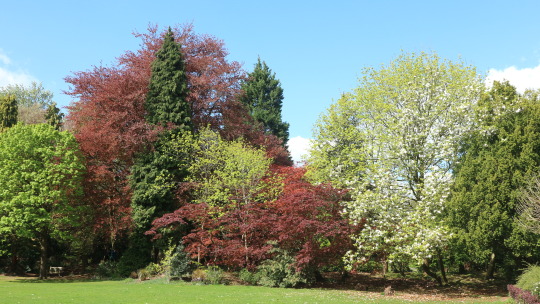
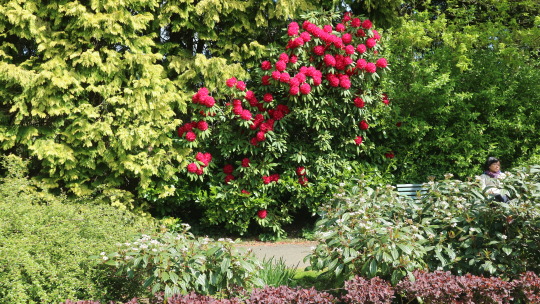



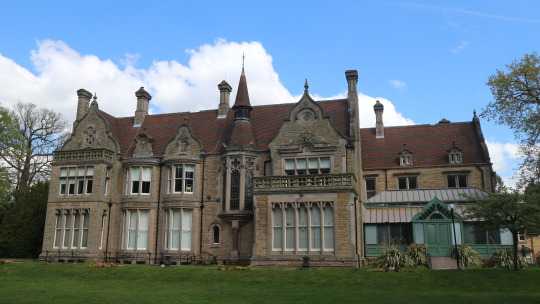
“Debased Jacobean mixes with Gothic and Italianate. It is really very bad”
Pevsner.
Denzell House was built in 1874; the land was once owned by George Grey, Seventh Earl of Stamford, whose huge stately home at Dunham Massey I was walking towards when I found this place.
(This was actually from April 2022; I’ve fallen somewhat behind and am putting myself right now).
In 1874 it was bought by Manchester businessman Robert Scott, who had hoped that his son, Henry, could become a country gentleman here; this was not to happen, as Henry died soon afterwards.
On Robert Scott’s death it was bought by Samuel Lamb, who hired 13 gardeners to make what is a fine garden. He died in 1936 and though he left it to his children, they passed it on to the public and it is still run by Trafford Borough Council.
By 1936, if not long before, Altrincham was no longer a sleepy Cheshire village slowly turning around Dunham Massey, but a suburb of the big city; it got a railway as early as 1849, which may have been one of the things that appealed to Robert Scott.
Then as now, those who had made money in the city moved out here and it is now full of annoying educated, youngish professionals who have made their money while living and working in areas like Castlefields but can’t fit their spouses and children into the flats they lived in when young, and now want to live the commuter life.
Now Grade II listed, the garden is in an affluent suburb which is proud to have it; the sunken garden (4) was restored in 2009. Despite what Pevsner said about it, it is loved as an example of what newly wealthy Victorians aimed for, for its high standards of building, for its plants and animals and for itself.
The average house here is more than three times what I paid, but this garden is open to all and had I not been walking along to the big house, rather than driving, I would not have seen what I now know to be well worth seeking out.
2 notes
·
View notes
Photo

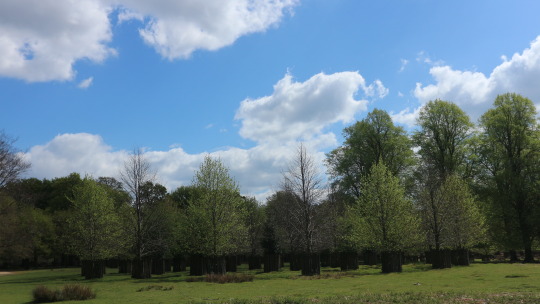

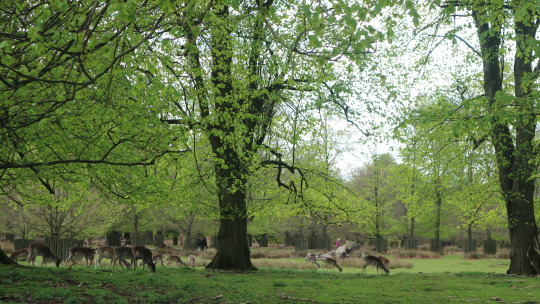

“A modern, redbrick, tasteless house, which I had not a wish to enter”
John Byng, Viscount Torrington, speaking for himself.
Slight return to Dunham Massey (please see here, here and here for the main site and its history), mostly in April 2022 and (4,10) June 2018.
Since the building of the Bridgwater Canal in 1761, rural Cheshire has been linked to the ever-growing city of Manchester (which in the last twenty years has had another revival). The canal was built so the Egerton family, from Tatton, could send coal from land they owned in Cheshire out to markets in the city.
The Grey family of Dunham Massey embraced the 18th century, which was probably their finest hour; not everyone liked what they did, and Torrington spoke for many in his time (which is why I quoted him), but they were proven wrong.
The Greys were not as much into industry as some other aristocrats, who owned factories, mines and urban land (the Egertons were also big city landlords), when the canal came here in 1765 they were able to sell their famous vegetables and dairy (the ice cream here is still second to none, I can tell you).
Traffic went the other way, of course, and Cheshire became first a weekend getaway then a second home for industrialists (please see my report one one such nearby place, Denzell Hall, which was sold by the Greys to Manchester cotton lord Robert Scott) and, after the railway came here in 1849, it became a Manchester suburb.
Owned by the National Trust since 1976, it is famed for the glories of the house and the deer park, which has been here since 1751, a Site of Special Scientific Interest in a lush eighteenth-century wood pasture, the value of which has been rediscovered in our times. Thanks to which, it’s here to show what is no longer a living way of life, but is still reminding the commuters where their suburb came from.
1 note
·
View note
Photo


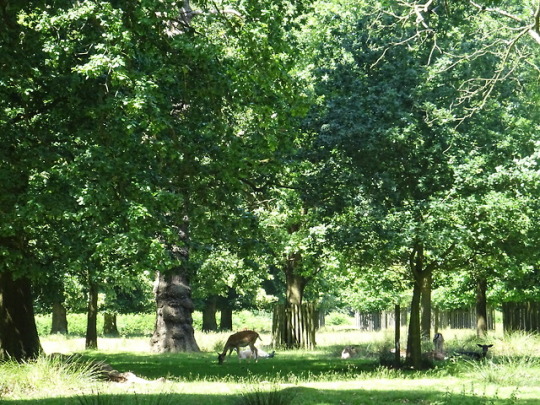
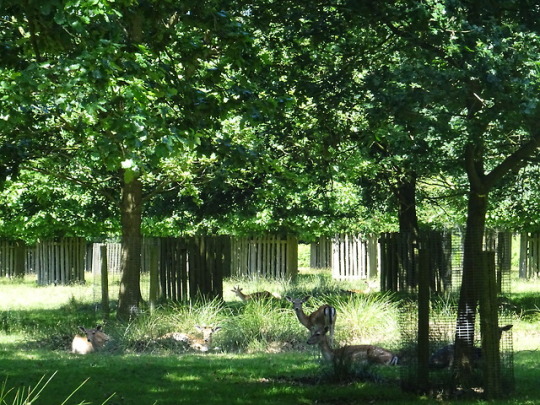
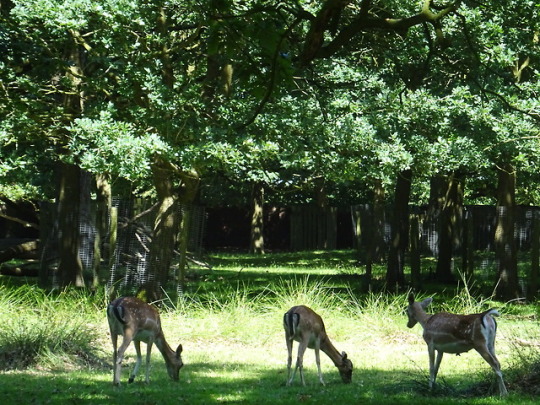





“Gentlemen, you may think it strange that I do these things; but I have the inward satisfaction in my own breast; the benefit of posterity; and my survivors will receive more than double the profit, than by any other method I could possibly take for their interest” George Booth, 2nd Earl of Warrington.
The park of Dunham Massey, a terrific stately home in Cheshire whose garden and interior I’ll share with you in future posts.
First recorded in history in 1362, the park was little changed until George Booth embarked on his tree planting scheme; while he may have primarily thought about the income from selling timber to the newly emerging industries of Manchester and Lancashire, his words now ring true as his legacy is still here for all to enjoy and he is now hailed as a visionary tree planter.
The landscape is very orderly; Graham Harvey, in his book on parkland, called it “a landscape of grandeur and formality”, and as the style went out of fashion soon after its completion in 1751, it’s worth visiting as an example of mid 18th-century style and for the fact that the majority of its trees are of the same age.
Today it rests with the National Trust who have been looking after it since 1978, and this area is in keeping with what George Booth sought to achieve here, with work going on such as the incorporation of dead wood into the ecosystem, which distinguishes Dunham Massey from more manicured parks.
The deer have been living at what is now Dunham Massey since ancient times and have been part of the park ever since its enclosure in 1748; while they are cute, we must remember that they are not only a food source (they have more fun than battery hens, anyway) but wild animals whose reactions can be unpredictable when frightened, so they should be treated with respect and not fed or touched.
The oak (8) has stood here for over 500 years and sneers at the upstart trees in the park and all the efforts of George Booth and his successors, a bit like Benjamin in Animal Farm, but I found this place to be a welcome break from football!
5 notes
·
View notes
Photo






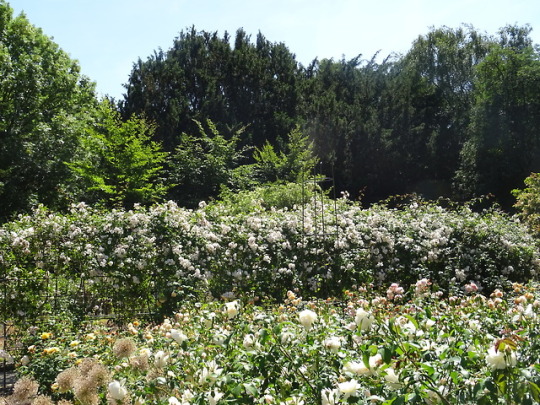

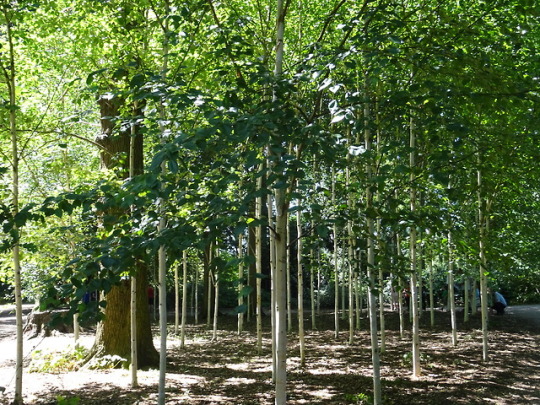
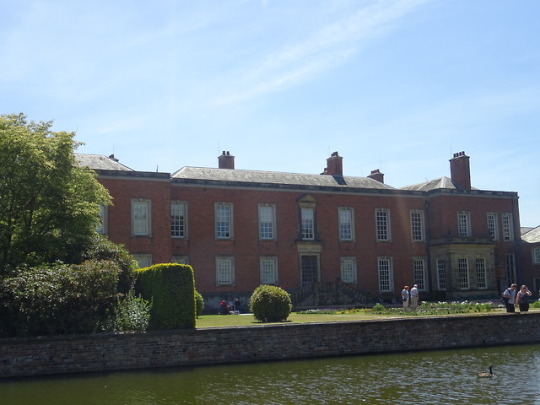
IF Zeus chose us a King of the flowers in his mirth,
He would call to the rose, and would royally crown it;
For the rose, ho, the rose! is the grace of the earth,
Is the light of the plants that are growing upon it! Sappho, trans. Elizabeth Barrett Browning.
The gardens at Dunham Massey, Cheshire.
Unlike the park, which is medieval in origin and largely came into its present shape in the 18th century, the garden is more recent, being largely the branchild of George Grey, 5th Earl of Stamford.
His heirs continued the work and William Grey, the 9th Earl designed (1) the front garden, which can be seen from the house as above. His decision to move his permanent residence back here, after a time during which the family lived at their other residence, the newly built Bradgate Park in Leicestershire (which I visited in January) from 1856 to 1906.
During World War 2 it looked like William’s work would be undone as the gardens were all but abandoned and the site used for growing potatoes! (they didn’t grow in these soils as it turned out). Of the eleven gardeners who’d worked permanently for William, only two remained…
But in 1976 the National Trust stepped in and restored the gardens to their former glory, commissioning Roy Lancaster with the results you can see today. Then on to (10) the house, which we’re about to go inside.
Ho, the rose having curled its sweet leaves for the world
Takes delight in the motion its petals keep up,
As they laugh to the wind as it laughs from the west.
5 notes
·
View notes
Photo

Green Lion Devouring the Sun , from an alchemical and Rosicrucian compendium, ca. 1760.
4K notes
·
View notes
Photo
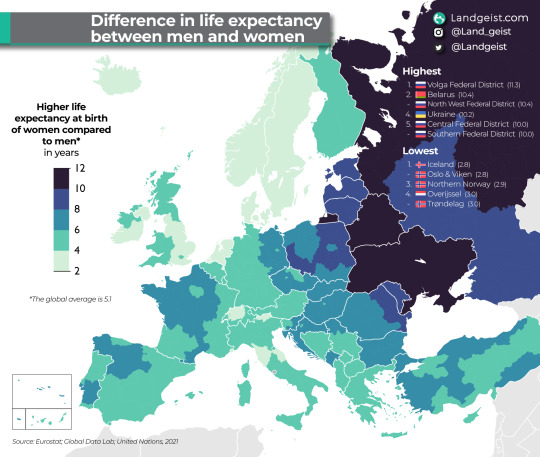
Difference in life expectancy between men and women.
by land_geist
82 notes
·
View notes
Text






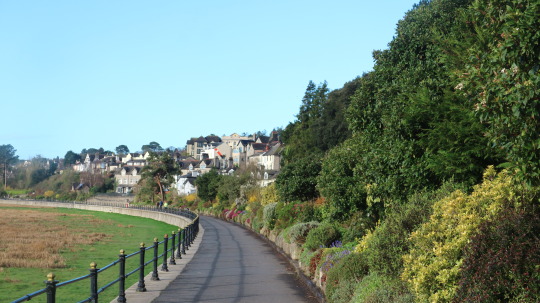
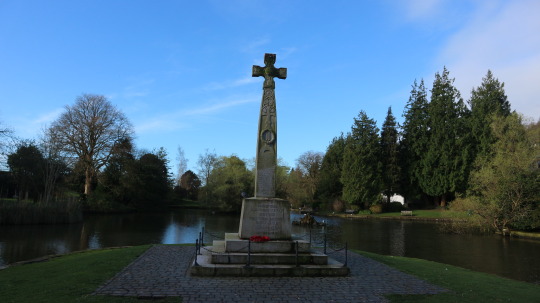

Morecambe Bay may be the most beautiful bay in Britain.
Bill Bryson.
The area seen here, stretching from Morecambe (1-2)to Grange over Sands (8-10, with 3 and 4 having been taken in Morecambe), commands the sea crossing from Ireland and the routes inland; it has, therefore, long been fought over.
For thousands of years it was home to the Britons, whose descendants live in present-day Wales, and after the experience of the Roman Empire (43AD-410 AD), Britons took back control but with a Latin lilt.
Until the Anglo-Saxons came to Britannia, leading to the southern parts becoming part of the Kingdom of Northumbria in 547, and the northern staying in the British Kingdom of Strathclyde, which withstood Anglo-Saxon attacks but was so weakened by the Vikings that it fell in 1030, some being taken over by Scotland and everything in this photoshoot becoming part of the Kingdom of England.
England itself was conquered by the Normans in 1066 and there was seemingly endless fighting between England and its neighbour Scotland, but this did come to an end with the union of crowns in 1603 and the United Kingdom in 1707, so that I happily enjoyed a peaceful April (these pictures are from March 2023 but time did not allow a post earlier).
This was, though strategic, a thinly populated area where the descendants of the Britons and Saxons eked out a living from fishing and farming, until the growth of cities and industry, when Morecambe and Grange both became resorts; the dangerous ferry and bad roads were replaced by Morecambe railway station (1889) and Grange over Sands station (1857).
The money that was being made in Manchester, Liverpool and other cities thus began to flood into these resorts, though the businessmen couldn’t get away from industry in Morecambe as, unlike Grange, it developed its own industries.
This is seen in the epic Heysham power plant; built between 1970 and 1988, it will be decommissioned between 2026 and 2028, but has been captured by me and will be in a later post.
Heysham is part of the tradition of winning a hard living from these shifting sands, which led to tragedy of 2004 when 23 men, forced to work in unsafe conditions, were drowned here. (As though there hadn’t already been enough hardship here; the war memorial records the 34 local men who died in World War 1 and the 17 from World War 2).
One of the odder things to happen here was the train derailment of 22 March 2024; I took this photoshoot on 29-31 March and, as you can see in (7), the train was there for weeks; mercifully no one was killed or injured, but it reinforces the lesson the powerful didn’t learn in 2004, that the bay should be respected. (The line was restored on 21 April 2024, though too late for my journey home from Scotland, which had to be on a rail replacement bus).
Out of these sufferings has emerged tourism, industry and commuter towns which are battling their way into the 21st century amidst ongoing hardship, especially in Morecambe.
The last battle here was in 1972-74 when bureaucrats took the northern parts, around Grange and other places to be shown in later posts, out of the historic county of Lancashire and put it into the new county of Cumbria; however, these lines on the map cannot hide that Morecambe Bay is a unified whole.
0 notes
